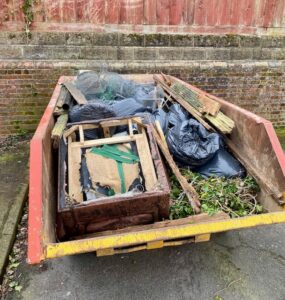I really can’t believe it.
I’ve been writing books for thirty years, but have never seen the anticipation that’s buzzing around my fifthforthcoming tome, A (Very) Short History of Life on Earth.
When a book of mine is published, it’s usual for me to receive translation offers in one or two languages, but only after it’s been out for some time. This time, it’s racked up twelve translation-rights sales, even before it’s out in English. Dutch and German editions are in preparation – editions are projected in simplified Chinese, Greek, Italian, Japanese, Korean, Polish, Portuguese, Romanian, Russian and Spanish.
Such is the buzz that I have engaged the services of a PR company to capitalize on the interest in the US and Canada, to promote the edition from St Martin’s Press, published on 2 November. Picador, which publishes the UK+Commonwealth edition on 16 September, is doing the publicity in-house.
Not that I can’t get away without doing some initial spadework – the PR people don’t know me from any other Joe, so I have been busy updating my various social media profiles, constructing this useful website and facebook page.
But what I am looking forward to most is recording the audiobook. As far as I can judge from rankings on Amazon (ever a delphic measure), pre-orders for the book have been stronger for this format than for the print or electronic versions.
The audiobook people originally wanted me to come into a studio to do the recording. However, thanks to the proficiency I’ve gained by recording music during lockdown in Flabbey Road, my home studio, they are letting me do it all by myself, on my own, unaccompanied, and, what’s more, tout seul.

Inside Flabbey Road. Recently. Note home-made pop-shield on microphone.
Notwithstanding inasmuch as which, I can get to add some music, so I have been thinking up some themes.
To help me with this I have brought in the heavy brigade in the form of a Korg Nautilus, the kind of keyboard that composers use to create film soundtracks. The cinematic hugeness should, I hope, augment the book rather than swamp it (though I will have a producer to curb my worst excesses).
One of the primary sauces tzores sources of inspiration for the book was Life On Earth, a documentary series by David Attenborough from the 1970s. This transfixed the teenage Gee. Even though everyone remembers the (for the time) astonishing visuals, what captivated me just as much, at the time, was the soundtrack. I can’t remember much about it now, except that there was a lone horn figure at the end of the title music that it was both haunting and majestic. While I was writing A (Very) Short History, music was very much on my mind, so I welcome the chance to add some of my own to my narration. It should alleviate the boring drone of my voice, at least.

 Cromer is going wild!
Cromer is going wild! In fact, one doesn’t have to walk very far from this notice to see rewilding in its more advanced stages.
In fact, one doesn’t have to walk very far from this notice to see rewilding in its more advanced stages.





 UPDATE! Here’s the plot, almost done (somewhat later). As you see the trench has moved down to the far end. You can just make out my spade in the distance, together with the wheelbarrow on top of the large pile of earth dug out of the first trench. You might be wondering about the large blue tarpaulin – this covered the entire plot, and I rolled it back, row by row, as I went.
UPDATE! Here’s the plot, almost done (somewhat later). As you see the trench has moved down to the far end. You can just make out my spade in the distance, together with the wheelbarrow on top of the large pile of earth dug out of the first trench. You might be wondering about the large blue tarpaulin – this covered the entire plot, and I rolled it back, row by row, as I went.

 <- What you see here is an eight-yard skip, or dumpster. That is to say, it’s a large metal box that holds eight cubic yards of stuff, which a refuse disposal company, for a fee, will take away and dispose of, subject to certain limitations (no liquids, paint cans, TV or computer monitors, mattresses, and a few other bits and pieces).
<- What you see here is an eight-yard skip, or dumpster. That is to say, it’s a large metal box that holds eight cubic yards of stuff, which a refuse disposal company, for a fee, will take away and dispose of, subject to certain limitations (no liquids, paint cans, TV or computer monitors, mattresses, and a few other bits and pieces).
